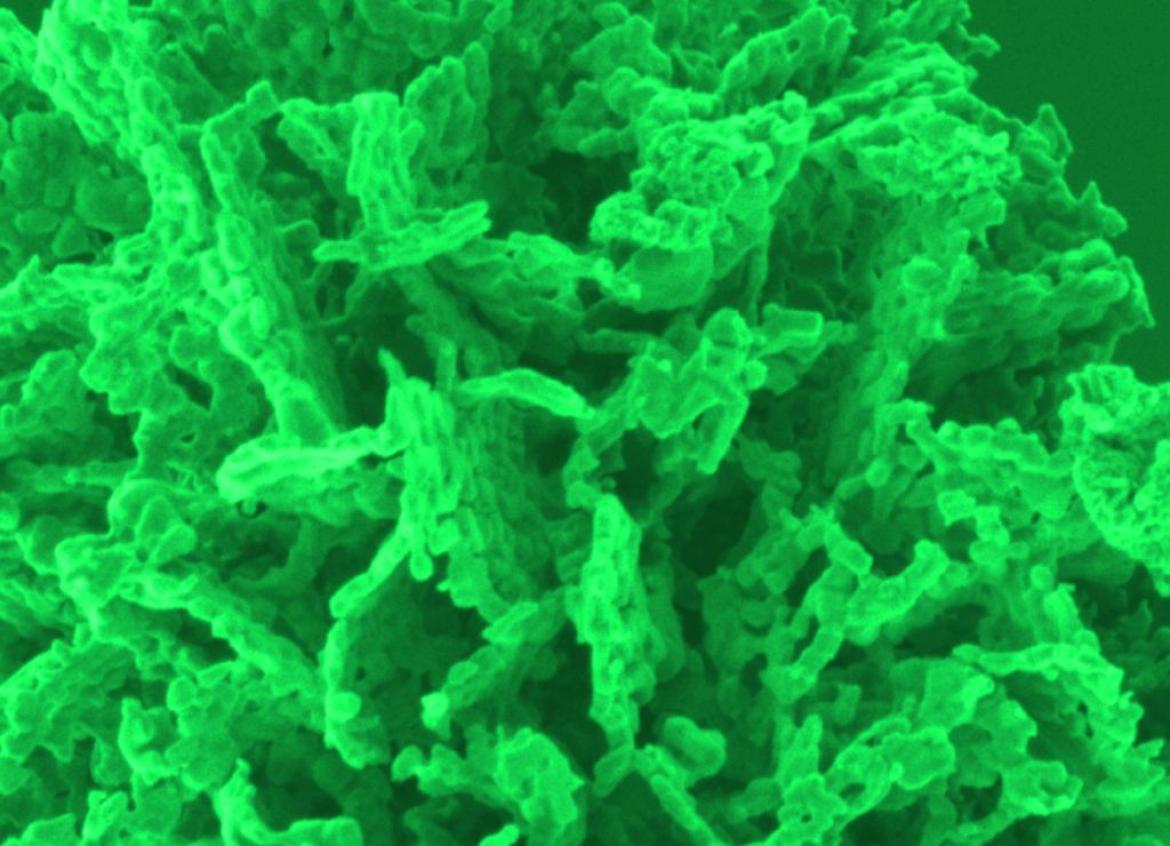
Low-cost synthesis (chemical or electrochemical bath deposition) of nanostructures joins with simple sensor fabrication in lab to exploit the large potentialities of these innovative materials.
Examples of ready or under construction sensors are:
- Flexible non-enzymatic glucose sensor with NiO nanofoam [1] or Ni nanoflakes
- Volatile organic compound (VOC) sensor with Ni thin film or Ni nanoflakes
- Flexible pH sensor with ZnO nanowalls [2]
- Gas and ammine sensors with ZnO nanorods and nanoflowers
The added values of low-cost methods and materials’ biocompatibility and abundance are extremely appealing for large scale sensor fabrication. To this aim extensive morphological, structural, electrical and optical analysis are performed prior to implement the nanostructures on prototypal devices. Implementation on flexible and poor substrate are usually attempted, basing on the low temperature fabrication route.
Surface defect engineering to improve the sensitivity and response/recovery time is a key issue on most nanostructures, to boost their sensing capability [3]. Food spoilage detection are also attempted, through optical transduction, basing on specific visible luminescence from surface defect responsible for molecule absorption.
[1] K. Iwu et al. Sensors and Actuators B 224 (2016) 764–771
[2] L. Maiolo et al. Appl. Phys. Lett. 105, 093501 (2014)
[3] E. Barbagiovanni et al. Applied Physics Letters 106, 093108 (2015); Nanoscale, 2016,8, 995-1006.

